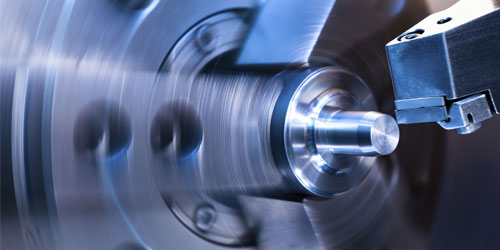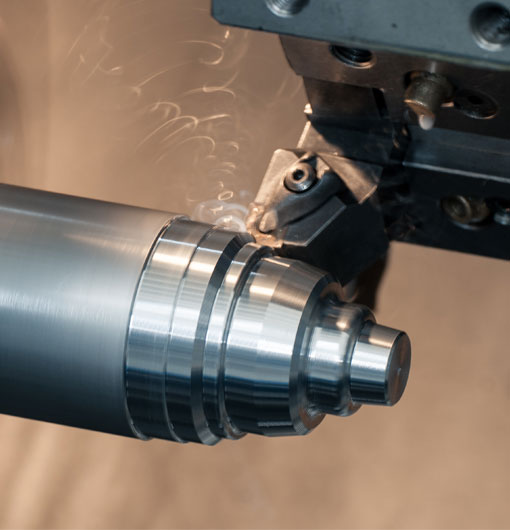CNC (Computer Numerical Control) machining has revolutionized modern manufacturing processes, enabling higher precision and efficiency. Among the numerous applications of CNC machines, step turning has an essential role in shaping cylindrical and conical parts. The following blog post provides an in-depth look at CNC step turning programming, its importance, and the various techniques and tips to enhance the process.
Understanding CNC Step Turning
Step turning is a lathe operation that involves successive cutting to shape a cylindrical workpiece into multiple sections, or steps, with varying diameters. It's a versatile procedure, as each step can be tailored to specific dimensions and tolerances. CNC machining brings accuracy and repeatability to do this process, making it ideal for complex designs and high throughput.
The Importance of CNC Step Turning
CNC step turning has several advantages in modern manufacturing processes. Some of the benefits include:
1. High precision and repeatability – CNC machines can reach tight tolerances and produce identical parts with consistency.
2. Improved efficiency – The automation and speed of CNC machining allow for faster production.
3. Adaptability – The program can be quickly updated to accommodate design changes or specific customer requirements.
4. Enhanced tool life – CNC machines optimize cutting parameters, reducing tool wear and breakdowns during operation.
CNC Step Turning Programming
The core aspect of CNC step turning is the programming that instructs the machine on how to shape the workpiece. Here's a step-by-step process to create a CNC program for step turning.
1. Determine the sequence of operations– Begin by analyzing the part drawing, noting the dimensions and tolerances for each step. Identify the sequence of cuts, taking into consideration tool changes and supporting operations like chamfers or fillets.
2. Select the appropriate tools– Based on the material and design, choose the best cutting tool for each operation. Ensure these tools meet the part's requirements and tolerances.
3. Define the cutting conditions– Set the cutting speed, feed rate, and depth of cut based on the material properties and anticipated tool life.
4. Write the program code– Using G-code or a proprietary machine language, enter the commands for each operation in sequence. Make sure the code includes information about the machine's positions, movements, and other instructions.
5. Test the program– Simulate the program on the CNC machine or a computer. Make adjustments as necessary to ensure accurate, efficient cuts.
Techniques for Enhancing CNC Step Turning
Several techniques can be employed in CNC step turning programming to improve efficiency and precision.
1. Use proper tool offsets– Ensure accurate tool measurements to minimize adjustment during operation.
2. Reduce tool overhang– Use a minimum tool overhang length to reduce tool deflection and vibrations for improved surface finish and stability.
3. Fine-tune cutting parameters– For optimal performance, regularly revisit and adjust cutting parameters based on actual results during operation.
4. Perform routine maintenance– Proper maintenance of the CNC machine and cutting tools are crucial for prolonged service life and consistent performance.
Applications of CNC Step Turning
CNC step turning is widely utilized across various industries. Some common applications include:
Manufacturing precision components for the aerospace, automotive, and medical sectors.
Creating cylindrical components that are part of intricate mechanical systems.
Shaping high-quality tools for the metalworking industry.
Ultimately, CNC step turning programming plays a vital role in modern manufacturing, ensuring customized components are produced with extreme precision and efficiency. To excel in step turning, manufacturers must employ appropriate cutting techniques, stay up-to-date with advanced programming methods, and maintain an unwavering commitment to quality. The future of manufacturing depends on it.
cnc program for step turning













